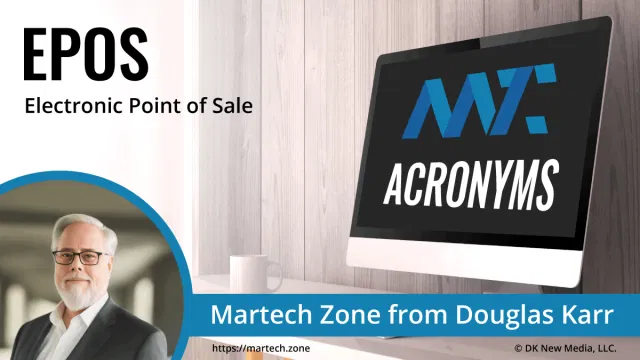Acronyms Beginning With E
Sales, marketing, and technology acronyms that begin with E
-
ENS
An interface within Salesforce Marketing Cloud where you can receive notifications for your own system when certain events occur in Marketing Cloud. You can be notified when customers request password resets, get order confirmations, log in using multi-factor authentication (MFA),…
-

Entre-commuting
Entre-commuting refers to individuals who utilize their daily commute time for entrepreneurial, freelance, or side business activities, often enabled by mobile technology, remote work tools, and flexible job structures. Origins and Usage The term plays on the idea that the…
-
EOD
A platform that enables you to send large volumes of marketing communications or transactional emails, manages subscribers, and complies with email regulations.
-
ePHI
Personal health information (PHI) created, transmitted, or stored in electronic form. ePHI includes any electronic version of PHI, such as electronic medical records, electronic health records, electronic communications between healthcare providers, and electronic health information exchange. ePHI is protected by…
-

EPOS
A computerized system used by businesses to process sales transactions, manage inventory, and perform various other retail operations. EPOS systems typically include hardware and software components that work together to streamline sales processes and provide businesses with valuable data insights.…
-

EPP
A predictive analytics technique used in sales and marketing to forecast and identify potential customers who are likely to purchase in the near future. It leverages historical data, customer behavior patterns, and predictive modeling algorithms to predict which individuals or…
-
ePR
A proposed regulation by the European Union (EU) that aims to update and modernize the rules governing the protection of personal data in electronic communications. The ePR is intended to replace the existing ePrivacy Directive (also known as the “Cookie…
-

ePrivacy
ePrivacy refers to the protection of privacy in electronic communications. It’s a concept that has gained significant importance today, where vast amounts of personal data are transmitted and stored electronically. The primary goal of ePrivacy is to ensure that individuals…
-

EPS
A graphics file format used to describe images or drawings, typically in vector format. It is based on the PostScript language and is widely used in desktop publishing and printing to ensure high-quality images and graphics. Features include: Scalability: EPS…
-

EPUB
A popular and widely used digital eBook format. It is designed to provide a standard and open format for eBooks, making it easier for publishers and authors to create and distribute digital books that can be read on various eReaders,…





